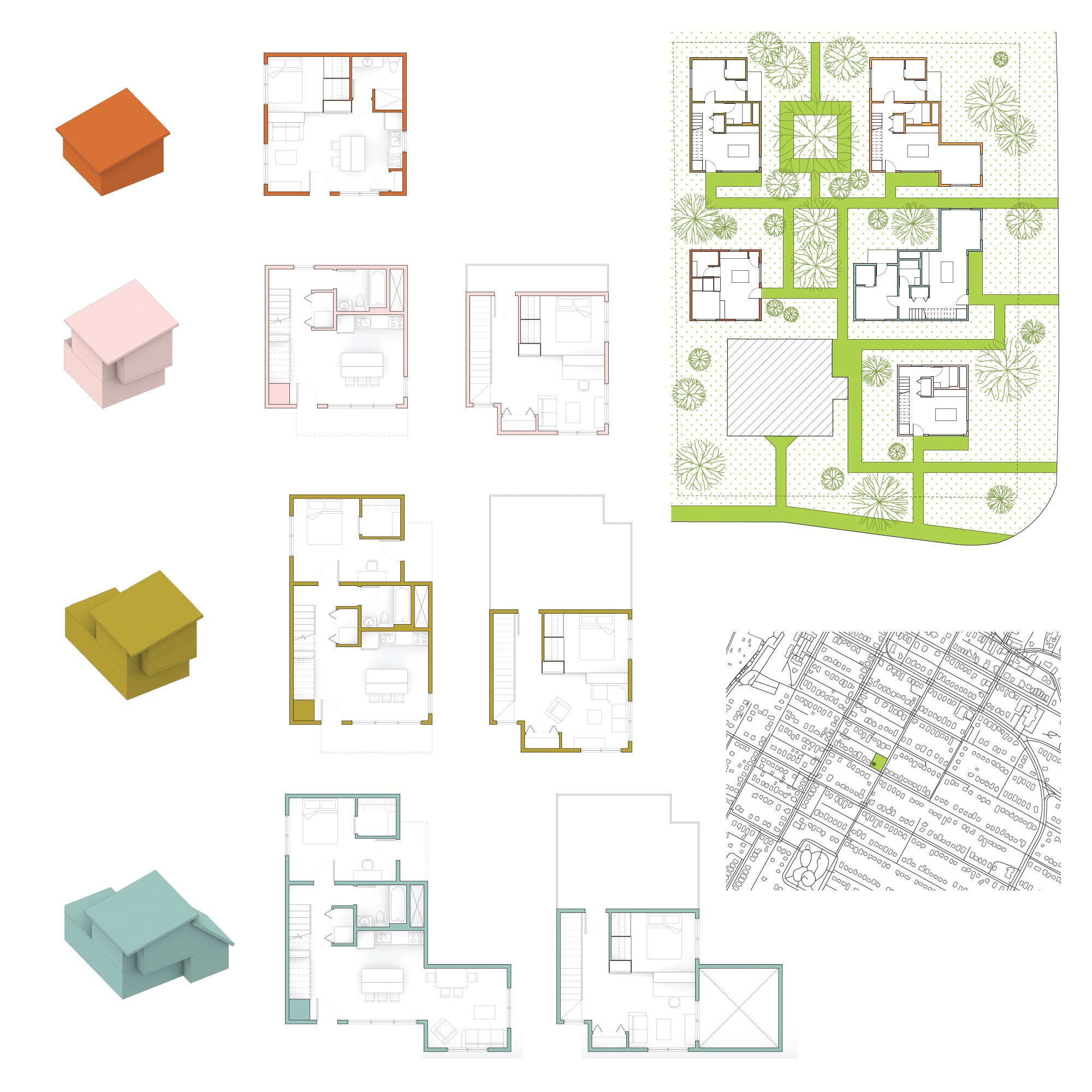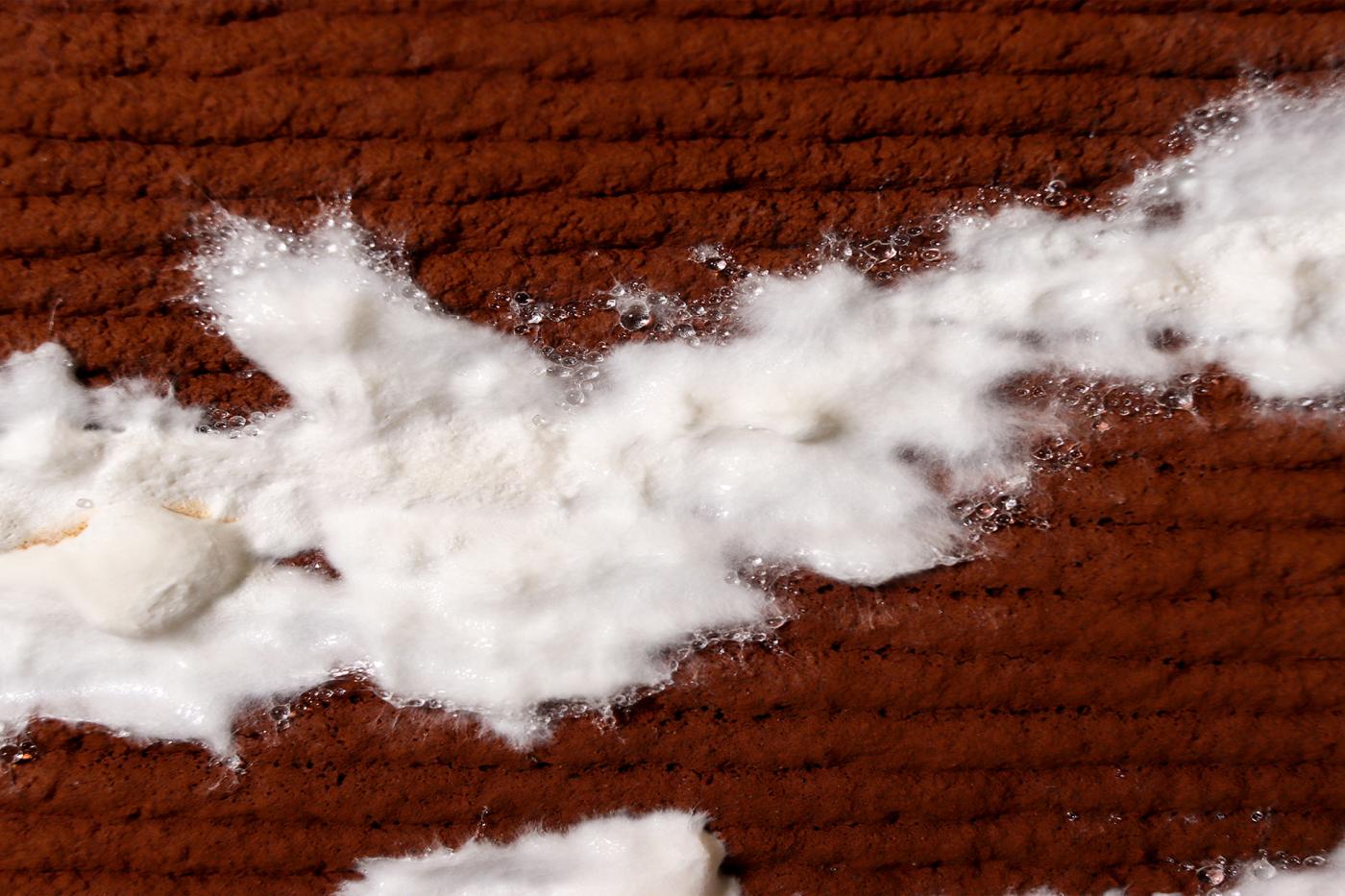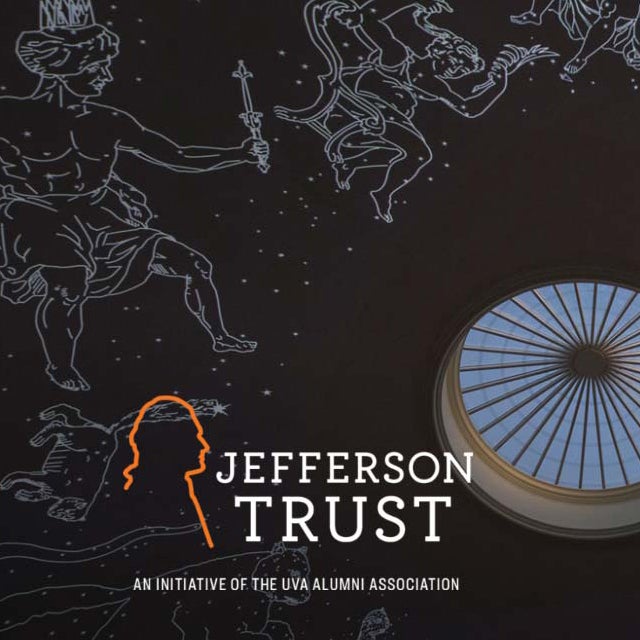
Professor Ehsan Baharlou Awarded CGII Center Grant to Research Regenerative Building Materials
The University of Virginia School of Architecture is proud to announce that Assistant Professor of Architecture Dr. Ehsan Baharlou has been awarded a $15,000 Center Grant from UVA's Center for Global Inquiry and Innovation (CGII). The grant supports his interdisciplinary research project, Mycelial Living Building Materials by Repurposing Mineral-Based Construction and Demolition Waste. Baharlou, serving as the Project Investigator, will collaborate with Dr. Osman Ozbulut, Professor of Civil and Environmental Engineering, and Dr. Justin Richardson, Assistant Professor of Environmental Sciences, the Co-Project Investigators.
Baharlou and Ozbulut have previously collaborated, alongside other colleagues, on the project Robotic Fabrication of Architected Mycelium Composites for Sustainable Construction, funded by UVA's Environmental Institute. This new CGII-supported effort extends their shared interest in merging bio-based materials with robotic fabrication to address urgent challenges in sustainable building.

Their latest research, with Richardson, investigates the transformation of mineral-based construction and demolition waste into structural living building materials (LBMs) through the integration of fungal mycelium and robotic additive manufacturing. By combining mycelial growth with inorganic waste matrices, the research aims to develop structurally viable, environmentally regenerative composites. It addresses the limitations of current mycelium-based materials by enhancing their mechanical properties for architectural applications. The core activities include waste selection, mycelium strain optimization, mechanical testing, and 3D printing. The project advances sustainable construction by repurposing waste, reducing landfill burden, and enabling adaptable, carbon-sequestering materials through bio-fabrication.
This work expands upon the research of the Computational Tectonics Lab, directed by Baharlou, where investigations focus on shifting conventional design methods toward multispecies approaches that integrate advanced manufacturing and material experimentation. By uniting digital and physical systems, Baharlou's research continues to redefine sustainable design futures through interdisciplinary and regenerative innovation.


